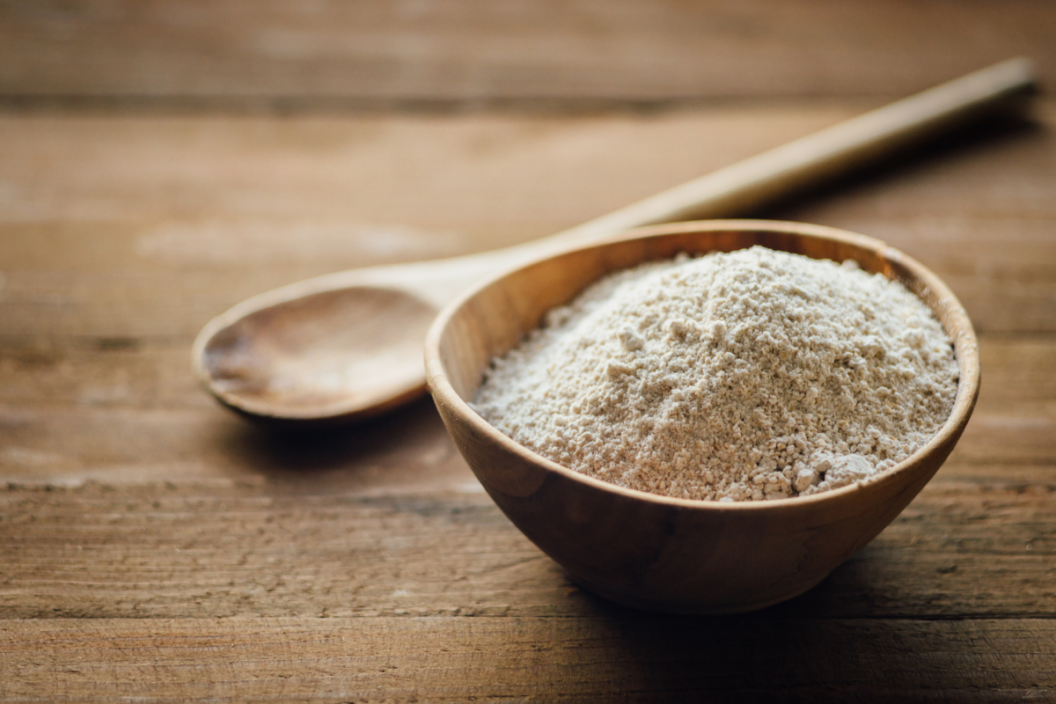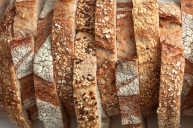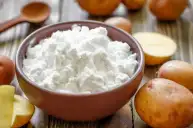You've probably heard how whole grain flour is better for you than processed versions, but do you really know why that's the case? And better yet, do you know how they can promote your overall health and wellbeing?
Videos by Wide Open Country
Whole Grains
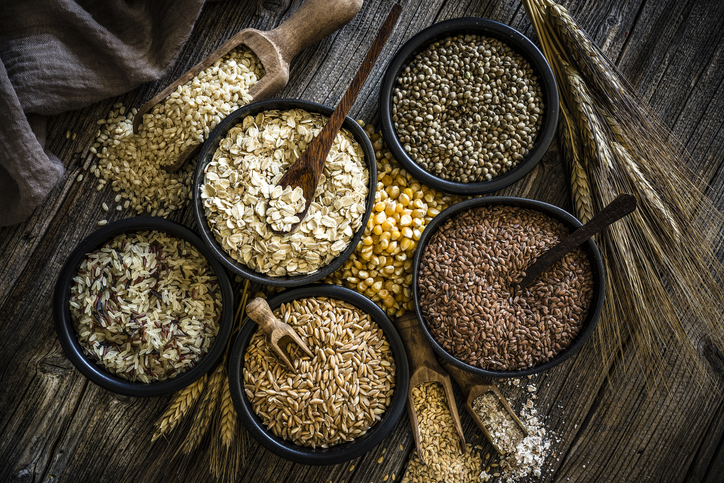
Getty Images
Whole grains have been a natural part of the human diet for thousands of years. In the early days, they were practically the only way to consume grains at all, before our ancestors figured out a way to process them.
All whole grains, irrelevant of the plant itself contain three main parts:
- Bran - the hard, outer shell of the grain
- Endosperm - the middle layer with the highest amount of carbohydrates
- Germ - the inner layer
All three layers contain a plethora of vitamins, minerals, fiber, and antioxidants and when taken in conjunction, create a powerful macro and micronutrient formula that provides a variety of health benefits. Whether they're raw, cracked, or crushed, it does not matter. As long as the grains consist of all three parts and aren't missing one, they're considered whole grains.
The problem occurs when during processing, only endosperm remains, stripping the grain of two important layers and with it, a large number of beneficial minerals and vitamins. That's why many brands nowadays enrich their grain, adding some of the missing minerals and vitamins back. Still, these are usually synthetic compounds that aren't a natural part of the grain, unable to provide the real levels of micronutrients.
Types of Whole Grains
Some of the most popular whole grains used in today's diets include whole wheat, oats, buckwheat, sorghum, quinoa, amaranth, millet, teff, barley, wild rice, freekeh, bulgur, cornmeal, brown rice, spelt, and whole rye.
All of these grains contain all three layers in their natural form. Unfortunately, the majority of foods containing them consist of their refined, processed version.
Refined Grains
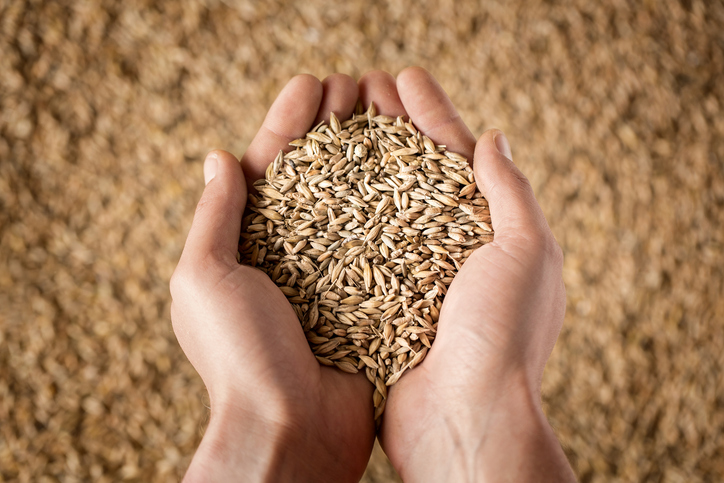
Getty Images
On the other side of the spectrum are refined grains, those stripped off bran and germ, leaving only endosperm as its foundation. The most common refined grains are white flour and white rice, and they're the usual component of almost all store-bought bread, pasta, baked goods, and other grain products.
When this process was made available by the revolutionary milling technology in the 1800s, it caused malnutrition and diseases such as beri-beri as people became deficient in many of the minerals and vitamins whole grains provided. This became a huge problem that needed to be dealt with and that's where the practice of enriching flour was developed.
The enrichment process adds some of the minerals and vitamins lost through refining, but most commonly in proportions di?erent than they originally existed. And since the added micronutrients are artificial, they do not create the same response in your body as natural, whole grains would.
This also paved the way for another process called flour fortification which adds micronutrients to flour that hasn't existed there before to improve its nutritional value or shelf life. Still, these are synthetic compounds and usually don't act the same in the human body as they would if they came from a natural source.
Whole Grain Flour
In order to actually contain all three layers in the flour, you'd have to mill the whole grains intact, completely unprocessed. Including the germ and bran in whole grain flour retains valuable nutrients and fiber while also enhancing their natural flavor. There are many varieties of whole grain flour on the market today, but whole wheat remains the most common, most affordable, and most versatile. The most common whole grain flours you can find are bread flour, all-purpose whole wheat flour, oat flour, rye flour, and most gluten-free flours.
You can find whole grain flours in almost every grocery store and thanks to the recent health trends which promote eating whole grains over refined grains, you can now find them on many product ingredient lists. You might even find some unique flours such as quinoa flour, amaranth flour, and even those made from nuts, seeds, beans, and legumes. Products that are made with whole grains taste noticeably different and almost all artisanal bakers use only whole grain flour.
Health Benefits of Whole Grain Flour
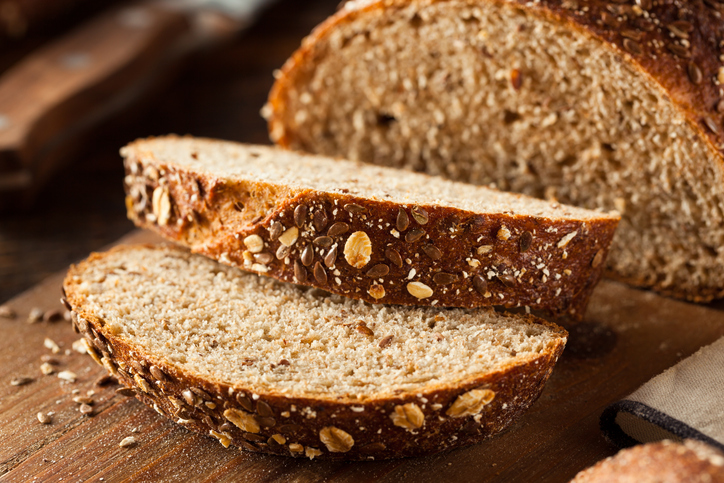
Getty Images
Choosing whole grain flour instead of its refined version brings on a plethora of health and nutritional benefits. Some of the most important include:
- Rich in dietary fiber, protein, antioxidants, and many important micronutrients such as B vitamins, zinc, magnesium, and iron
- May lower the risk of heart disease and cancer
- May lower the risk of stroke
- Reduce the risk of obesity and help maintain a healthy body weight due to the high content of dietary fiber
- Reduce the risk of developing type 2 diabetes
- Feed your microbiome and help improve the health of your digestive system
- Help reduce overall inflammation in the body
Whole grain flour is made from whole grains, containing all three natural layers they're made of. It's incredibly nutrient-rich and brings on a variety of nutritional benefits. When getting your next grocery haul, look for products containing whole grains on their ingredient list and skip the refined, processed flours.
READ MORE:
